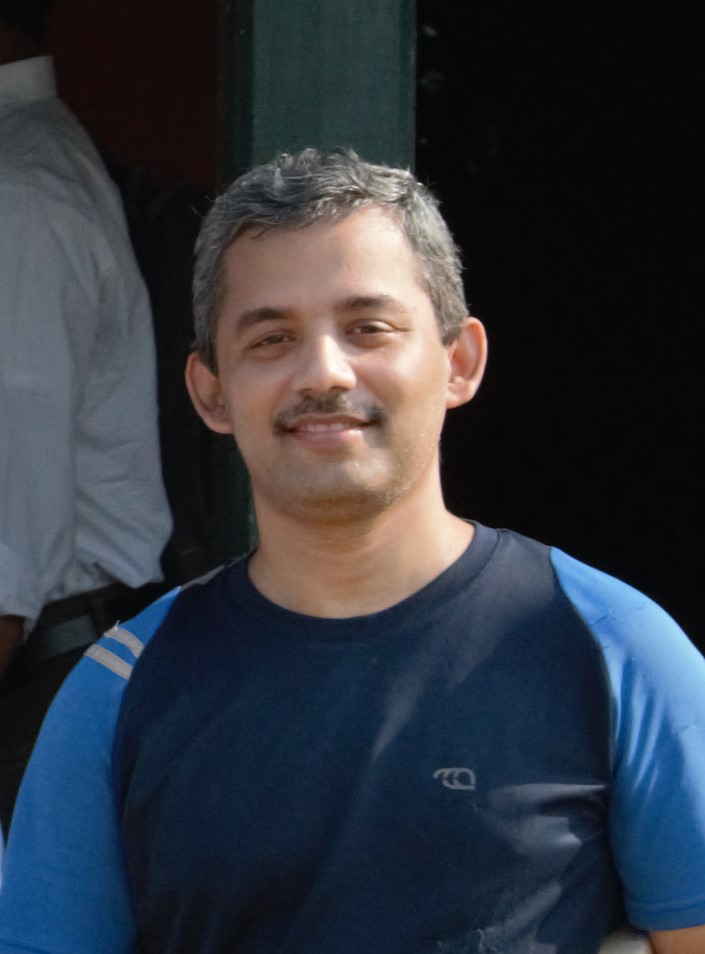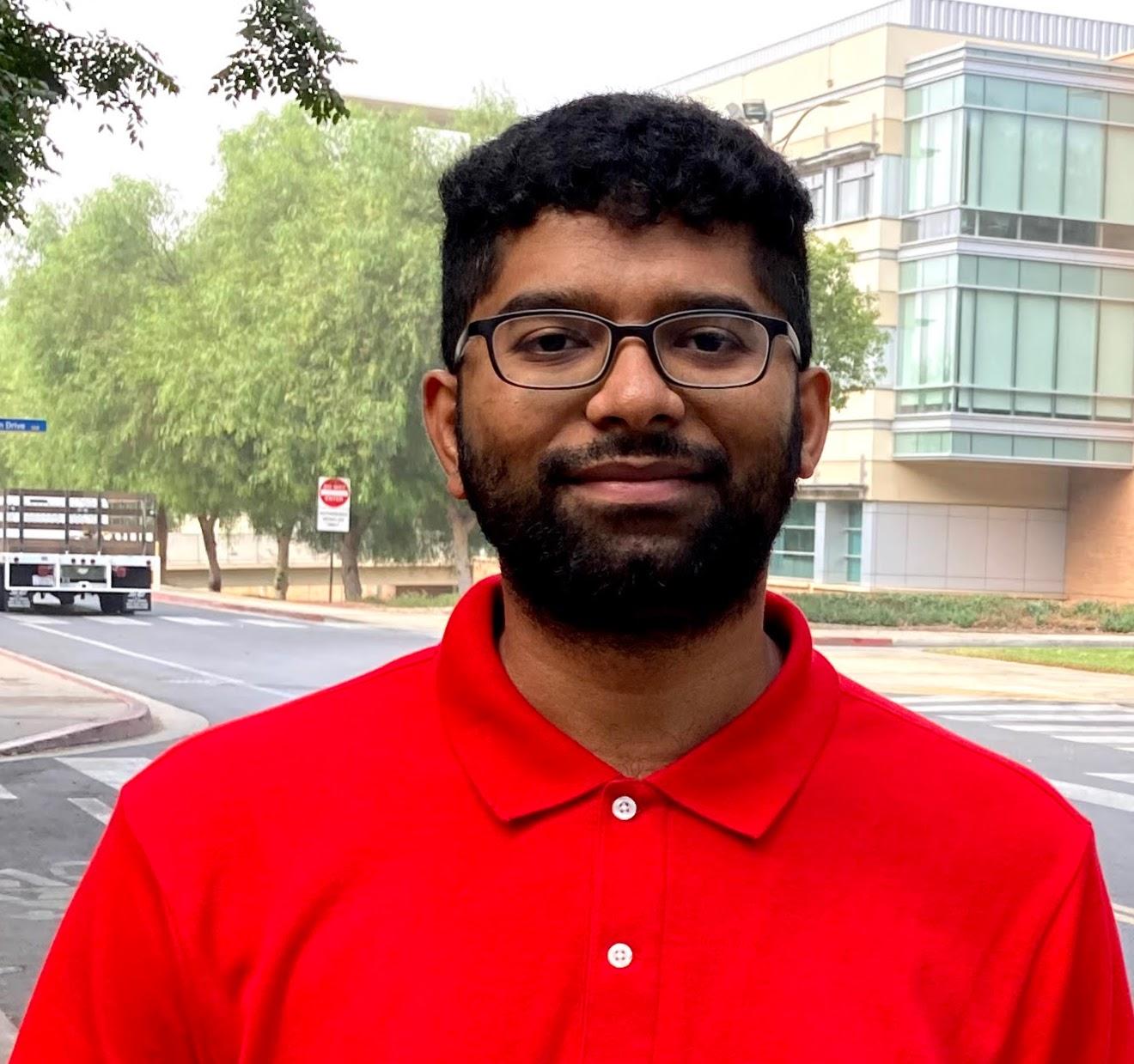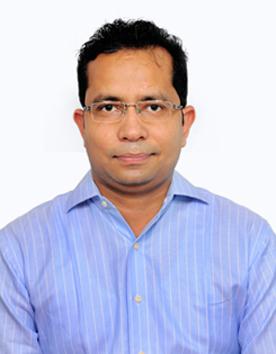Project

Atomistic modelling through first principles methods and Model Hamiltonian Studies
We carry out electronic structure calculations in the many-body framework to (i) explore and investigate quantum phases of matter and (ii) to build structure-property relationship. Our research is aimed towards materials design for fundamental studies and applications. The figure below provides a bird’s eye view on our focused research areas.

Quantum many body theory
We aim to utilize various tools available in quantum many body theory to understand and predict various electronically ordered phases. The research problems would involve aspects of machine learning, and first principal calculations. Some planned activities include
AI guided design of topological insualtors and superconductors

Deep learning of band renormalization in strongly correlated materials

Research and Design of 3-D interface at metal/ceramic interfaces
Interface between metal and it’s nitride is assumed to atomically sharp as mixing of nitrogen is not expected to be thermodynamically favorable. Contrary to this belief, we establish that in Ti/TiN system, it is thermodynamically favorable for N in TiN to cross over by forming N vacancy, to form interstitial solid solution with Ti. Chemically diffused interfaces present many variants in the interface structure like continually varying elastic properties, crystal structure, etc. We aim to understand how effect of such variants on its properties.
Designing high cyclic stability Na ion cathode materials
Cyclic stability of cathode material depends on range of factors, like expansion and contraction on insertion of Na ions, size of active particles materials in cathode, diffusivity of ions in active materials, dispersion of active materials etc. By understanding effect of each factors and hence designing ideal microstrcuture we aim to increase cyclic stability of battery.

Refractory high entropy alloys
Refractory alloys based on Group IV, V, and VI metals find application in strategic sectors, because of high melting point and strength. Some limitations of such alloys are their formability and oxygen adsorption. By alloying such metals we aim to make it more formable and resistance to oxygen adsorption while maintain their high melting point and strength.

Materials Design through High Throughput Studies and Machine Learning [Soft Materials and Biomolecules]
Efficient materials design therefore requires two elements: a rapid method for solving the forward problem of material property characterization or prediction and a design strategy minimizing the number of candidate materials assessed en route to the ultimate target material. In the context of biomolecules, progress has been made in addressing these needs via the combination of machine learning tools such as artificial neural networks and formal optimization algorithms such as genetic algorithms.


We aim to develop new strategy for combining machine learning with highthoughput methods such as molecular dynamics to enable the efficient design of wide range of materials in the absence of pre-existing databases and without an explicit reliance on interpolative strategies that perform poorly in the discovery of extremal materials. Further, this high throughput methods will lead to development of homogeneous data base of different class of materials.
Studying external-energy mediated chemical reactions on metal nanostructures
Adiabatic molecular dynamics (AMD) assumes that nuclear motion can be accurately described using a single potential energy surface (PES). However, external-energy mediated processes involve the time evolution of electronic amplitudes through a manifold of PESs. To accurately model these processes, invoking nonadiabatic molecular dynamics (NAMD), is mandatory. Since NAMD methods are not readily available, we intend to implement the Fewest-Switches Surface Hopping (FSSH) method in the CP2K and DFTB+ software packages and use it to study the external-energy mediated reactions on metal nanostructures.

Exploring the Formation and Evolution of Solid Electrolyte Interphase at Calcium Surfaces
We are excited to study both the formation and evolution of solid electrolyte interphase (SEI) at calcium surfaces in the presence of different electrolytes. Furthermore, to capture the changes in Ca ion conductivity with the evolving SEI, we would extract several configurations of the SEI from our MD simulations, and we would calculate the Ca ion migration energy barriers for each of those configurations. Together, our work would provide a new avenue for studying the ion-migration in dynamically varying structures, and it specifically helps us to identify the components of the passivation layer that enable reversible plating and stripping of Ca.

Various salts and solvents that would be examined in this project. Salts: (a) calcium hexafluorophosphate (Ca[PF6]2), (b) calcium tetrafluoroborate (Ca[BF4]2), (c) calcium bis(trifluoromethanesulfonyl)imide (Ca[TFSI]2), and (d) calcium borohydride (Ca[BH4]2). Solvents: (e) ethylene carbonate (EC) and (f) propylene carbonate (PC). (g)-(i) Evolution of the SEI during an NVT simulation at 300 K with the EC:PC mixture (without any salt) on a Ca surface. Geometries of the system at (g) 0th, (h) 10th, and (i) 20th picosecond are shown. PC solvent is highlighted in green color. Decomposition of both EC and PC molecules can be noticed.
Expected deliverables of the research
Research Publications:
Original Research articles, perspectives and review articles in the direction of materials design employing quantum many-body theory, first principles calculations, AI and ML technqiues.
Materials Database and Open Source Software and:
Force Fields: ML learned force field would be open source in our database.
Hamiltonian and Modelling codes: Generic open source codes for tight-binding Hamiltonian and experimental modelling will be developed.
Device materials visualization: Tools would be developed to visualize materials in devices, specially interfaces would be realistically represented.
Data mining: GUI based interface would be developed to analyze database.
Materials design workflow: Workflow to It will help to come up with materials with tailored properties.
Industrial Outreach:
Outreach to industries to use our database would be done. We are already using our expertise to help industries to cut their experimental efforts and accelerate development of new materials. Our involvement with LAM Research and Marmon water Inc is noteworthy.
Current status
- Na ion cathode materials: Prof. Satyesh Yadav and his group are qorking with ARCI to design high cyclic stability Na ion cathode materials, by optimizing microstructure and operating voltage.
- Al-ion Batteries: Prof. Ranjit Nanda and his group are designing Aluminium Dual-ion Batteries using Graphdiyne and Graphyne as 2D cathodes.
- Integrated Circiuits: Prof. Satyesh Yadav is Working with Lam Research to develop self forming barrier layer for integrated circuits (IC).
- Quasi Particle Interference in Dirac nodal arc topological material PtSn4: In collaboration with the experimental STM group of Prof. Gautam Sheet at IISER Mohali, we have developed a model to explain the observed quasi particle interference (QPI) in PtSn4. The model involves DFT input (group of Prof. Ranjit Nanda) and QPI calculations (group of Prof. Shantanu Mukherjee).
- Strong correlation physics in Sr3Ru2O7: Using a combination of slave spin calculation, Hubbard model, Prof. Shantanu Mukherjee and his group are exploring the orbital selective Mott physics in bilayer Strontium Ruthenate Sr3Ru2O7. The aim is to explain ARPES experiments, and nature or charge and magnetic ordering in Sr3Ru2O7 as a function of Mn doping. We have found that Mn doping indeed suppresses the quasi-particle weights in this material, and helps stabilize a charge ordered structure that weakly couples to an observed double stripe magnetic order.
- Topological edge States in QSHI WTe2: In collaboration with the experimental group of Prof. Bent Weber at NTU Singapore, Prof. Shantanu Mukherjee and his group have shown that superconductivity on topological quantum spin Hall insulator WTe2 via proximity coupling to an s-wave superconductor NbSe2 leads to non trivial edge state effects. We are currently exploring the formation of a Luttinger liquid state at the 1D edges and find our model can explain the experimentally observed Luttinger parameters. We are further exploring the nature of superconductivity at the edge channels in the presence of the Luttinger Liquid state.
- Phase diagram for Low spin d5 transition metal oxides: Prof. Ranjit Nanda and his group have developed a phase diagram for weakly correlated d5 oxides which stabilize in the low-spin state. They find that such systems, which are extended members of the iridate family, can possess eight quantum phases that include non-trivial electronic phase and non-collinear magnetic phases.
- Model Hamiltonian for Halide Perovskites: Prof. Ranjit Nanda and his group have developed a generic tight-binding Hamiltonian for the Halide perovskites using Slater-Koster formalism, and incorporating spin-orbit coupling and Rashba coupling. This model can describe the bulk and surface electronic structure of Halide perovskites.
Publications
Review Articles
- Atomically Thin Quantum Spin Hall Insulators, M. S. Lodge, S. A. Yang, S. Mukherjee and Bent Weber, Advanced Materials, 2008029 (2021).doi
Original Research Articles
- Manipulation of parity and polarization through structural distortion: Design principles for high luminescent and high carrier lifetime in halide double perovskites, T. Appadurai, R. Kashikar, P. Sikarwar, S. Antharjnam, B. R. K. Nanda, and A. K. Chandiran. Communications Materials (Nature Publishing) [Accepted] (2021).
- Development of short and long-range magnetic order in the double perovskite based frustrated triangular lattice antiferromagnet Ba2MnTeO6, J. Khatua, T. Arh, S. B. Mishra, H. Luetkens, A. Zorko, B. Sana, B. R. K. Nanda, and P. Khuntia, Scientific Reports (Nature Publishing) 11, 6959 (2021).doi
- A Generic Slater-Koster Description of the Electronic Structure of Centrosymmetric Halide Perovskites, R. Kashikar, M. Gupta, and B. R. K. Nanda, J. Chem. Physics, 154, 104706 (2021). doi
Collaborations
International Collaborations
- Prof. Sashi Satpathy (University of Missouri, USA) Link
- Prof. Inna Ponomareva (University of South Florida, USA) Link
- Prof. David Simmons (University of South Florida, USA) Link
- Prof. P. J. Hirshfeld (University of Florida, USA) Link
- Prof. S. Sankaranarayanan (Argonne National Lab, USA) Link
- B. M. Andersen (Neils Bohr Institute, Denmark)Link
- Prof. Bent Webber (NTU, Singapore)Link
- Prof. Juchen Guo (University of California Reverside, USA) Link
- Prof. Lorenzo Mangolini Link
Industrial collaborations
- ARCI: Link (Collaborating on solid state battery materials modeling.)
- LAM: Link (Collaborating on designing barrier layer in integrated circuits.)
International education programs
External international site links for project
Societal impact
Sustenance statement
Relevance: Data driven research is growing exponentially across the globe and more so in the area of materials science and engineering. It offers the biggest advantage of virtual synthesis and property analysis of materials in the lab before carrying out expensive experimental studies. The materials library forms the base to explore new fundamental quantum phases in condensed matter physics. The miniaturization of electronic and memory devices, energy storage and generation, the environment and health sector, to name a few, require continual innovation and synthesis of new materials. For such purposes, a materials data base becomes the vital resource.
Novelty: The members of this center will actively pursue their original research towards creating algorithm, developing new models and simulation techniques, and exploring new phases of matter (quantum + classical).
Financial Support: (i) The members have running grants and sponsored projects from the funding agencies like DST, CSIR, DAE, ISRO, etc. They will continuously pursue the same in the future.
(ii) Industry collaboration and consultancy is a real possibility. Dr. Satyesh Yadav, one of the investigators for this center has a fruitful collaboration with LAMS research corporation, USA.
(iii) Bi and multilateral research programs such as CEFIPRA, JSPS, etc. will be pursued both for manpower and funding.





